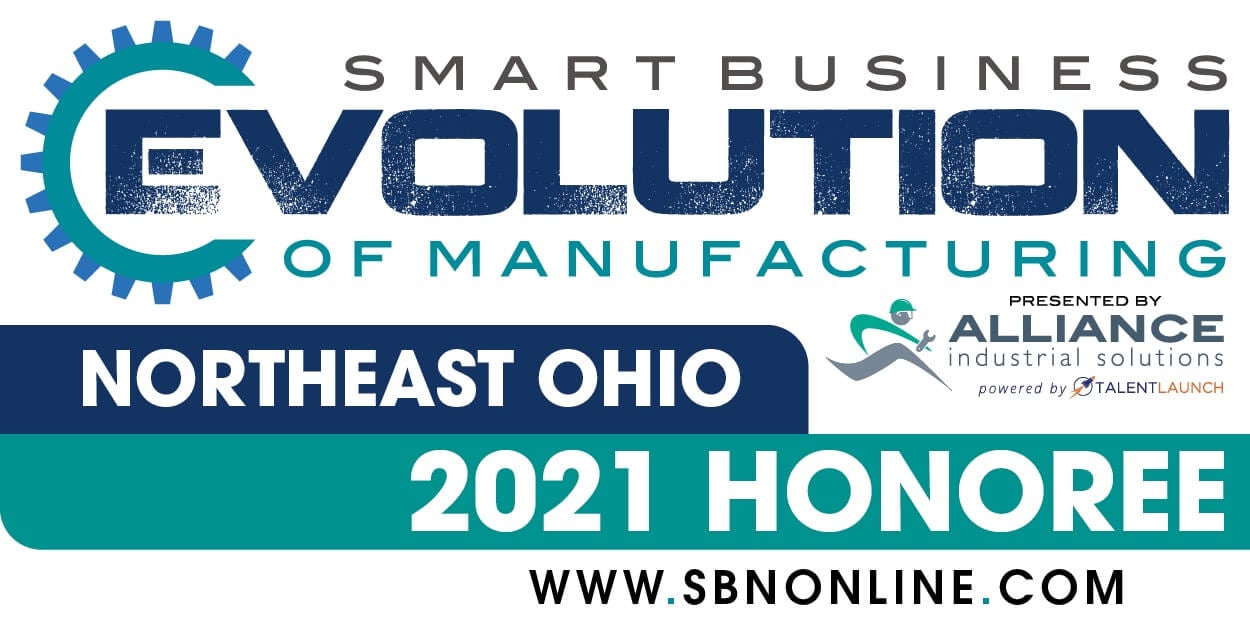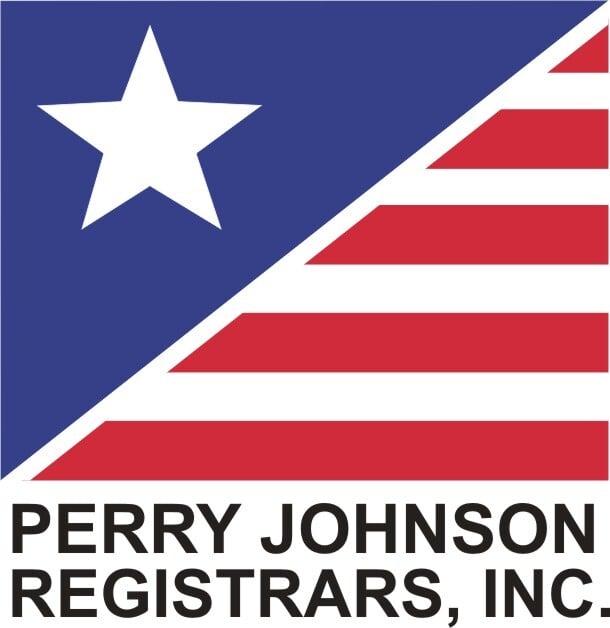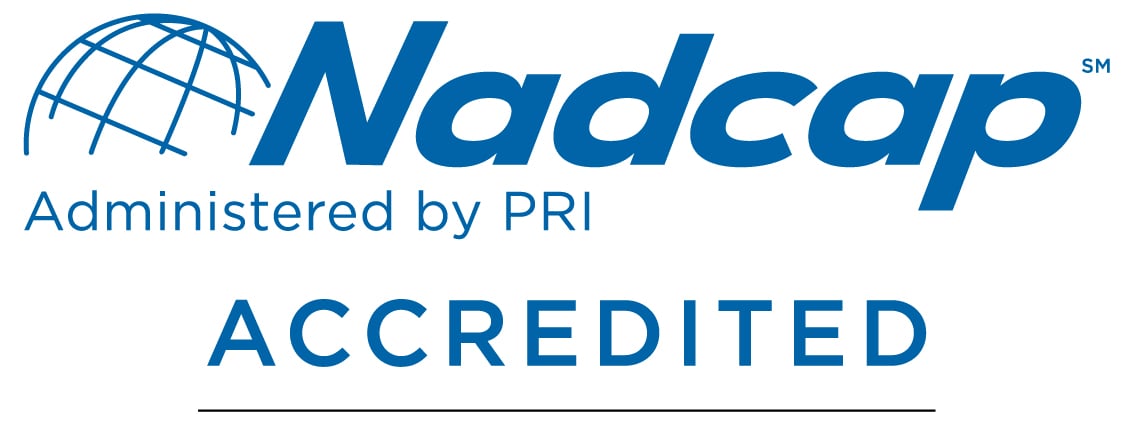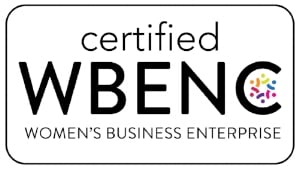Last week we discussed about 3D printing applications, and 3D design. Your file is ready to print-GREAT! But now you may be wondering:
What should you expect from the build? How long will you have to wait until you have parts? And the question that almost everyone wonders-How much will it cost?
We will help answers these questions by correcting the following 3D printing myths.
3D Printing Will Replace Traditional Manufacturing Processes
Designing and creating a product takes multiple stages. 3D printing helps with the design and initial stages, but one can rarely fabricate an entire and completed product through 3D printing alone. Currently, 3D printing is primarily used for prototyping. Products may require materials or components that cannot be 3D printed. For larger quantities, economics of scale may not be best for 3D printing. Traditional manufacturing processes can produce a larger quantity of parts with a shorter cycle time. Finally, tolerances of processes like CNC machining or injection molding are tighter than 3D printing. If certain features are more critical than others, processes like CNC machining can be calibrated to focus on those features whereas 3D printing cannot.
3D Printing is Cheap
3D printing is one of the most economical ways to build parts, but not all parts are equal in price. Part size and finish are major factors that determine cost. Cubic volume and height determine the price of a part. With that said, the part will cost more the larger it is. Machine resolution will as factor into the price. Finer resolution parts will take longer to build, thus adding more cost. For example, a part building at .004″ layers will take approximately 20% longer to build than a part building at .005″ layers. Finally, if a part needs a higher quality finish, then that will also increase the price. This is because the finishing and painting is primarily done by hand, which at times, can be rather time consuming.
3D Printing is Fast
3D printing does fabricate parts quickly, but not at the snap of your fingers. Most 3D printing processes can generate parts within a couple of days, but the timing is dependent upon the process and part geometry. Parts that are large in size, and have a large cubic volume will take longer to build. The run time will be longer because more material is required and the printer needs to build more layers, which increases the run time.
In conclusion, this article is not to be negative on 3D printing. But rather, we want to set the record straight on some common misconceptions we have heard. 3D printing is extremely beneficial to the product development cycle, and helps stream line various product development stages. The technology has made leaps and bounds from where it started 30 years ago. The future of 3D printing remains very positive, with advancements in both materials and processes constantly occurring.








.jpg)

.png)

.png)

